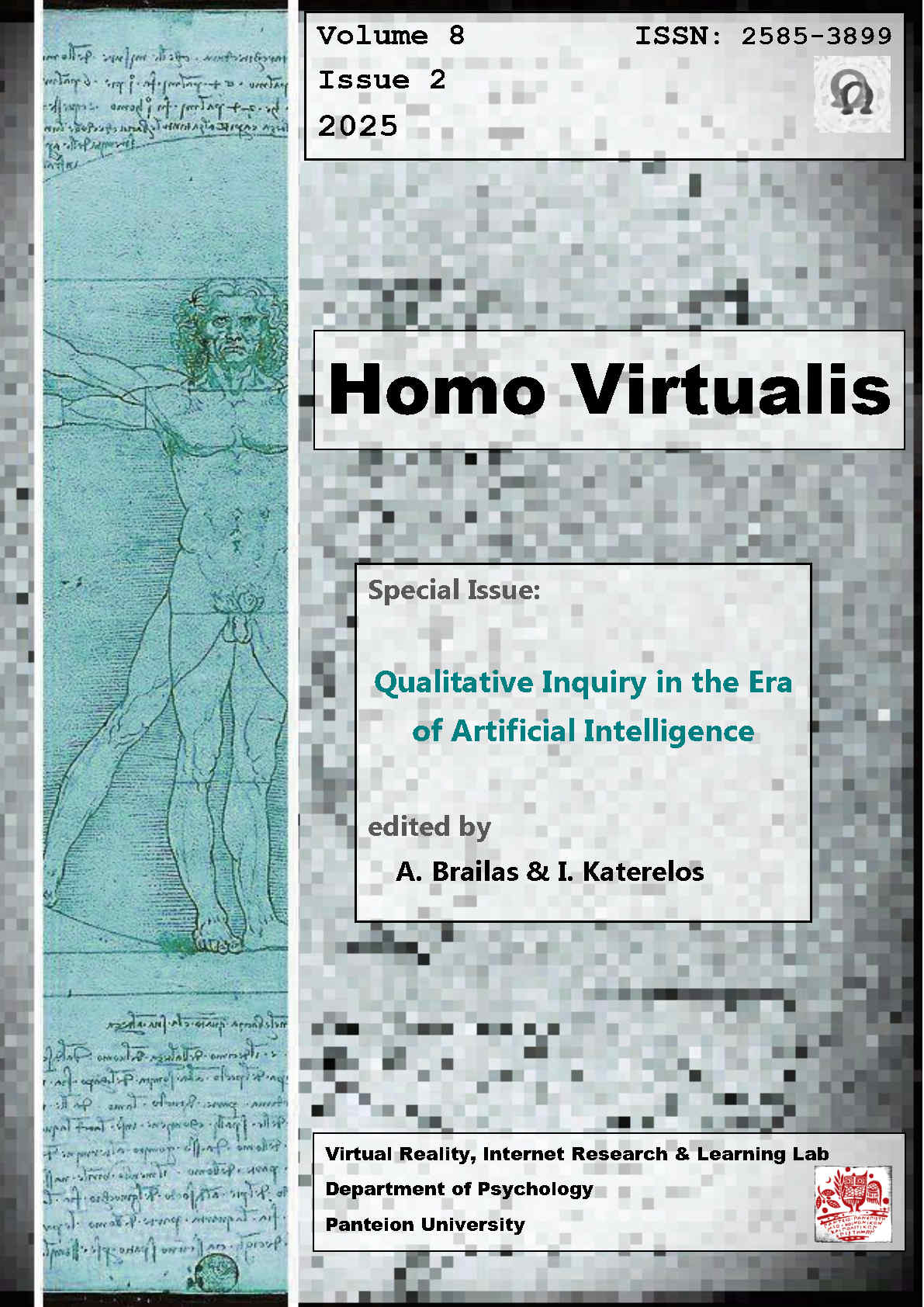Conditional inclusivity. 20 Conversations about current issues within the LGBTQ+ community
Abstract
The LGBTQ+ community is often treated as a unified group, yet -upon closer inspection- the conflicts and discrepancies within begin to show. This paper attempts to examine whether LGBTQ+ individuals in Greece feel included within the community and, if not, suggest possible reasons behind their detachment. 20 members of the LGBTQ+ community participated in semi-structured interviews, which were subsequently analyzed via Interpretive Phenomenological Analysis (IPA), resulting in seven fundamental themes that shape the current state of the community; contested identity, the importance of physical appearance, political correctness, elitism, toxicity, labelling and the stance towards the heterosexual population. Despite those issues, however, a deeper emotional connection to the community -or the idea of one- seems to persevere.
Article Details
- Zitationsvorschlag
-
Michelekakis, O. (2025). Conditional inclusivity. 20 Conversations about current issues within the LGBTQ+ community. Homo Virtualis, 8(2), 308–330. https://doi.org/10.12681/homvir.43494
- Rubrik
- Articles

Dieses Werk steht unter der Lizenz Creative Commons Namensnennung 4.0 International.
Authors who publish with this journal agree to the following terms:
· Authors retain copyright and grant the journal right of first publication with the work simultaneously licensed under a Creative Commons Attribution License that allows others to share the work with an acknowledgement of the work's authorship and initial publication in this journal.
· Authors are able to enter into separate, additional contractual arrangements for the non-exclusive distribution of the journal's published version of the work (e.g. post it to an institutional repository or publish it in a book), with an acknowledgement of its initial publication in this journal.
· Authors are permitted and encouraged to post their work online (preferably in institutional repositories or on their website) prior to and during the submission process, as it can lead to productive exchanges, as well as earlier and greater citation of published work.



